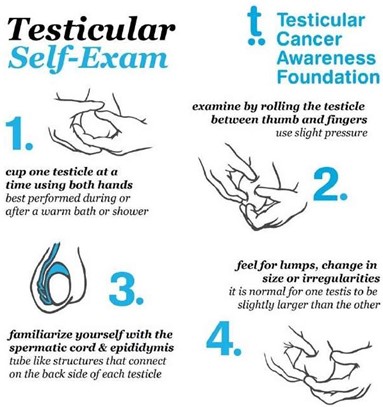A nurse is caring for a preschooler immediately following a tonsillectomy and notices the child swallowing frequently.
Which of the following actions should the nurse take?
Check the back of the throat with a pen light.
Obtain the child’s vital signs in 15 min.
Administer analgesia.
Offer the child a drink of water.
The Correct Answer is A
A. Frequent swallowing after a tonsillectomy may indicate postoperative bleeding. The nurse should check the back of the throat with a pen light to assess for signs of hemorrhage.
B. While obtaining vital signs is important, it does not directly address the concern of potential bleeding.
C. Administering analgesia is appropriate for pain management but does not address the priority concern of bleeding.
D. Offering water could potentially worsen bleeding if it is occurring and should not be the first action.
Nursing Test Bank
Naxlex Comprehensive Predictor Exams
Related Questions
Correct Answer is A
Explanation
Face the client at eye level when communicating.

This is because eye contact helps to establish rapport and trust with the client who has dementia and shows respect and attention. Facing the client at eye level also reduces distractions and background noise that might interfere with communication.
Choice B is wrong because offering correction of incorrect client statements can increase confusion, frustration, and agitation in the client who has dementia. Instead of correcting the client, the nurse should acknowledge their feelings and try to understand their perspective.
Choice C is wrong because reorienting the client to date and time with each encounter can be stressful and ineffective for the client who has dementia. Reorientation may work in the early stages of dementia, but as the disease progresses, the client may lose their ability to retain new information and may become more disoriented. Instead of reorienting the client, the nurse should use orienting names or labels whenever possible, such as “Your son, Jack” .
Choice D is wrong because avoiding using gestures when communicating with the client who has dementia can limit the nurse’s ability to convey meaning and emotion. Gestures can help to supplement verbal communication and provide cues for the client who has difficulty understanding words. However, the nurse should avoid using gestures that might be misinterpreted or threatening to the client, such as pointing or waving .
Correct Answer is B
Explanation
Examine your testicles after a warm shower.

This is because a warm shower will relax the scrotum and the muscles holding the testicles, making an exam easier. You should gently roll the scrotum with your fingers to feel the surface of each testicle and check for any lumps, bumps, swelling, hardness or other changes.
Choice A is wrong because you should perform the self-examination every month, not every 3 months.
This will help you notice any changes over time.
Choice C is wrong because you should not palpate both testicles firmly with your fingertips. You should use a gentle touch and avoid squeezing or pressing too hard.
Choice D is wrong because you should not apply a cool compress to the scrotum prior to examination. This will make the scrotum contract and tighten, making an exam more difficult.
Whether you are a student looking to ace your exams or a practicing nurse seeking to enhance your expertise , our nursing education contents will empower you with the confidence and competence to make a difference in the lives of patients and become a respected leader in the healthcare field.
Visit Naxlex, invest in your future and unlock endless possibilities with our unparalleled nursing education contents today
Report Wrong Answer on the Current Question
Do you disagree with the answer? If yes, what is your expected answer? Explain.
Kindly be descriptive with the issue you are facing.
